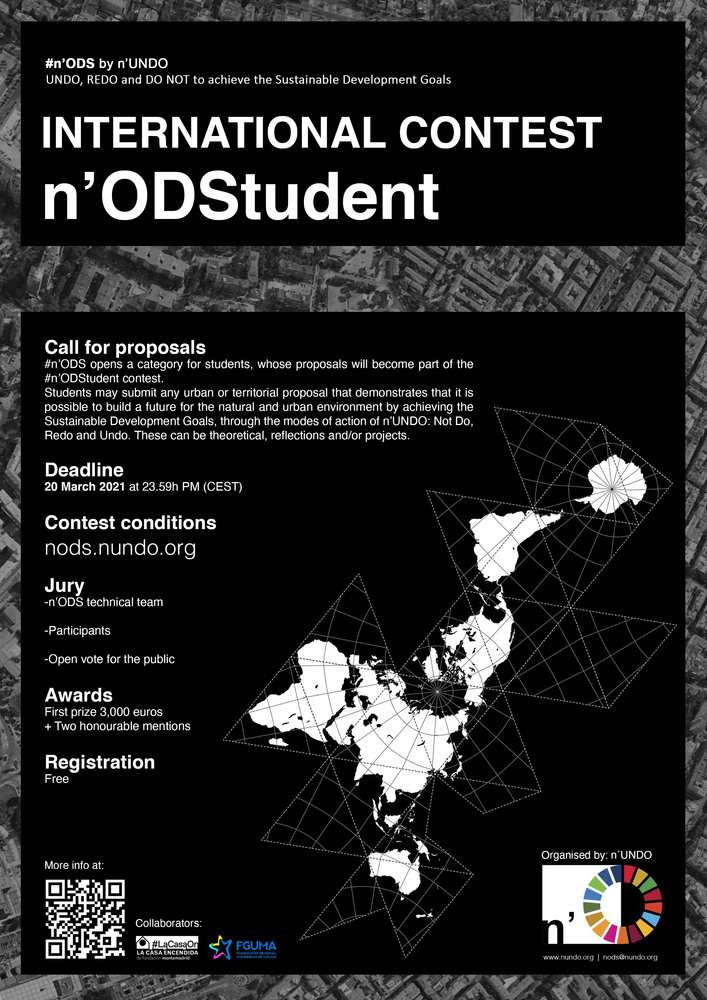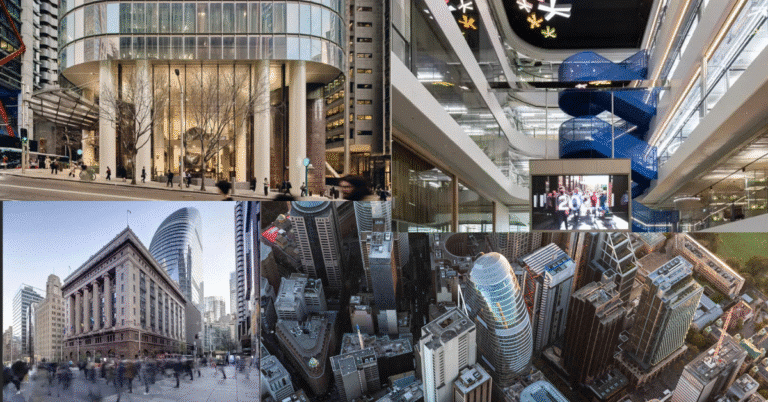About the university laboratory in Jerusalem
About the university laboratory in Jerusalem
Foster+Partners Centre for Brain-Inspired Aluminium Screen Around University Laboratory in Jerusalem.
Architect: Foster+Partners
Project Name: The Edmond and Lily Safra Centre for Brain Sciences
Location of Project: Hebrew University of Jerusalem
Project Year: 2021
Project Area: 5130 sq. m (Roughly 55,000 sq ft)
Translating neurological brain structure to an architectural facade is Edmond and Lily Safra Centre for Brain Sciences. The design is inspired by science and neurology. Designed by Foster+Partners, this is a research facility building for scientific brain exploration at the heart of The Hebrew University of Jerusalem, Israel. The main motive behind this facility is to provide a space for brain research scientists to perform interdisciplinary research under one roof.

Source: hsmedia.ru
The research will range from the study of one single molecule to the entire brain, from psychology to computational neuroscience, in order to bring a transformation in the treatment of neurological and psychological disorders.

Source: adsttc.com
The Foster+Partners architects drew inspiration for this cast aluminium screen enveloping the building facade from sketches of neurological brain organization by Spanish neurologist Santiago Ramon Y Cajal from the early 20th century. It represents a non-repetitive portrayal on the facade.
“The project has a progressive social agenda that has been applied at an urban scale, creating a centre for research and learning that is truly inclusive,” said partner Darron Haylock
“The new building is located just off the main pedestrian spine of the university and its facade invites exploration, drawing people inside to learn about the research activities.”

Source: hsmedia.ru
Beijing is situated amidst the natural setting of the campus; this building intends to operate as a gateway to the university when the new tram link to the city centre gets inaugurated. The dynamic social spaces and laboratory facilities in the building intend to attract top scientists along with foster community engagement in the centre’s research operations.
The central courtyard divides the building into two parallel wings. The higher levels accommodate 28 highly adaptable and flexible laboratories knitted together by the social spaces designed to promote informal interaction between the students and employees which will lead to sharing of ideas amongst them.

Source: adsttc.com
The ground floor of the building houses common spaces like teaching facilities, an auditorium with a seating capacity of 200 people, a library, a cafe and a public gallery to exhibit brain or neurology-related artworks. A courtyard, at the heart of these spaces, unites them with their functions and establishes new movement patterns around the campus, bringing the surrounding natural environment into this built environment.
Spencer de Grey, the head of design at Foster+Partners stated that understanding the brain’s enigma is one of the most difficult and challenging endeavours of the 21st century, and in-depth research in this field is crucial for the quality of life for millions of people.
A highly flexible laboratory complex to foresee and accommodate future requirements makes this project one of its kind. It is an innovative project featuring an open courtyard right in the middle of the scheme.

Source: adsttc.com
The courtyard is a home to citrus trees and a man-excavated stream all along its length that offers a calm, reflecting place for the users. It also creates a cool microclimate which may be further control by a retractable ETFE roof, according to the Foster+Partners architects.
According to a partner at the firm, Darron Haylock, this project holds a progressive social agenda applied at an urban scale, offering a truly inclusive centre for research and learning. The facade and location of the building, immediately off the University’s main pedestrian path, welcome people inside its environment with a sense of exploration to learn and know more about the research activities performed there.
This building anticipated the value of health and wellbeing in a built environment in the context of the COVID-19 pandemic, and this anchor by biophilia principles in the building, according to the firm.

Source: globalconstructionreview.com
A healthy research environment is creating on the campus by the zoning of the central courtyard, open balconies and good circulation. Based on the centre’s advanced environment plan to naturally minimize energy use, passive climate techniques have been incorporated in the design.
The use of local materials, like Jerusalem stone in all achievable spaces, and the orientation of the building in the east-west direction to minimize the solar gain are a few of the techniques adopting.
The translucent ETFE canopies on the east and west serve as distinguishing markers for the main access and give additional passive cooling to the building.

Source: flipboard.com
The structure consists of reinforced and post-tensioned concrete and is roofed by an overhanging steel roof. The aluminium screen, paired with the local Jerusalem stone clads the exterior and continues to the interiors forming a uniformity in the structure.
The retractable roof on the top, constructed from Ethylene Tetrafluoroethylene (ETFE) helps to put down the heating load in the winter season and ensures natural ventilation in the summers. Additionally, a rainwater collecting system collects rainwater and it is further using for irrigation purposes.
The Edmond and Lily Safra Centre for Brain Sciences is a design that inspires science and technology, defined by an attention-seeking laser-cut facade. The facade pays homage to a pioneer of modern neuroscience, and at the same time, it helps to provide shade in the interiors. This intricate facade screen composes of 290 unique cast-aluminium panels.

Source: worldarchitecture.org
The building is an interdisciplinary research centre, design with an intradisciplinary approach in order to encourage breakthroughs in the field of neurology. The Foster+Partners architects had the challenge to create the best sense of community, encourage sharing of ideas and knowledge, bring various people together and support their aspirations towards a common set goal.
And as a result of these requirements, the planning and functioning of the building create a flexible built environment with customized requirements.
There are individual workstations providing a personal space for researchers, and at the same time, there is a wide central courtyard acting as the social heart of the building. This courtyard breaks the conventional learning method and makes the knowledge-gaining a collaborative and socializing process.

Source: adsttc.com
The way this project is open to accommodate future requirements makes it a future-oriented architecture design. This design by foster+partners serves well in the field of wellness and architecture taking necessary care of sustainability in the building.

Source: adsttc.com
“Understanding the enigma of the brain is the most challenging endeavour of the twenty-first century and research in this area is vital to the quality of life for millions of people,” said Spencer de Grey, Studio head.
He continues, “This is one of the most innovative projects of its kind at an Israeli university, with several laboratory complexes that are highly flexible to anticipate and accommodate future change, arranged around an open central courtyard that is at the heart of the scheme.”
The amalgamation of natural environments in the built environment creates a healthy working environment for the users which promotes healing and research in the direction of the same. The facade is unmatchable, the way it acts as a passive sustainability measure adds more to its value.

Source: adsttc.com

Source: adsttc.com

Source: twimg.com

Source: adsttc.com

Source: huji.ac.il

Source: cloudinary.com
This extraordinary building oriented for learning, socializing, and exploration in an environment-friendly manner will be home to a community of researchers and students who’ll make a profound impact in the field of neurology.
About the university laboratory in Jerusalem
See more: Pros and cons of building near the beach
You may like to read: The best architects in England






